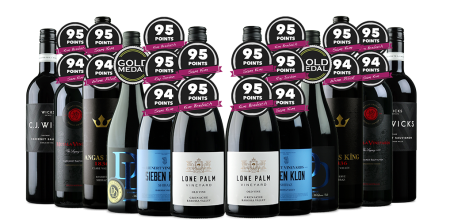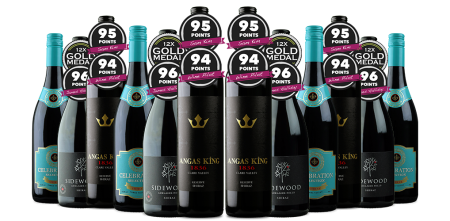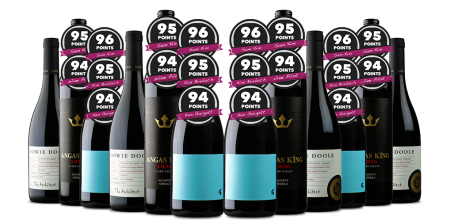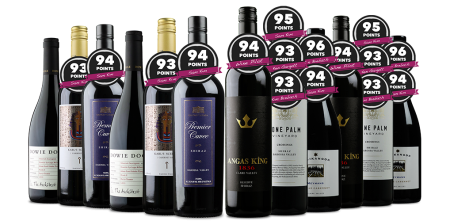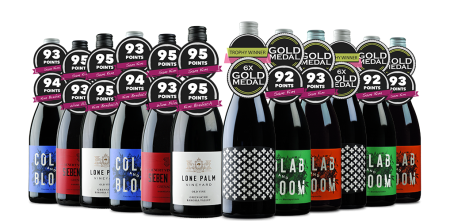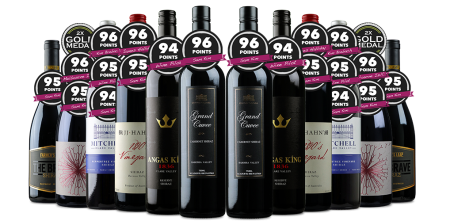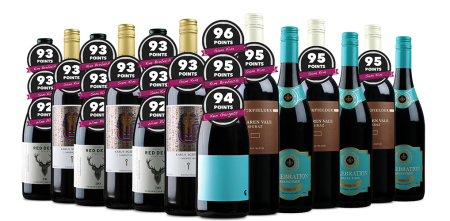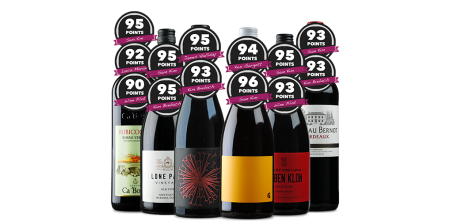Farmer’s Leap Red Wines
Red wine – we like it, you like it. Sometimes it’s really red, sometimes it’s less red. Sometimes it’s Barossa Valley Shiraz, sometimes Coonawarra Cabernet or McLaren Vale Grenache. New world, old world, weird and wonderful, traditional and cutting edge – if it’s red and it passed the Tasting Panel’s approval,Barossa Valley Shiraz
Which is the least tannic red wine?
Tannins come from both grape skins and oak. Pinot Noir is generally fairly low in tannins, as is Gamay, Barbera and Dolcetto. Rosé, given its limited skin contact and typical fermentation in stainless steel, is usually very low in tannin.
Red wines that spend no time in oak, or which are matured in older oak tend to have less tannins too.
On the flipside Nebbiolo, Ca ...
Shop By
- Farmer's Leap The Brave Shiraz 2016Special Price $35.00 Regular Price $45.00This is a mighty Shiraz, rich dark cocoa and coffee licks mix seductively with and a beautiful cedar platter. Dark fruit and five spice float through the palate lingering to a long finish of fine tannin. Learn More
- Farmers Leap Pillar Box Red 2021$22.00This is a gorgeously vibrant blend of Shiraz and Cab from the Limestone Coast. It has heady perfume of red fruits, blue fruits and florals leading to a palate bursting with cranberry, blackcurrants, mint, cedar and a hint of eucalypt Learn More
- Farmer’s Leap Shiraz 2017Special Price $20.00 Regular Price $28.00It’s nice to get your hands on a quality Shiraz with the cellaring already sorted. Feels a bit like having someone else sort your inbox while you play video games or work on your quilting game. There’s plenty of dense black and blue fruits, spice and cedary oak finished with plenty of fine tannins. Learn More






